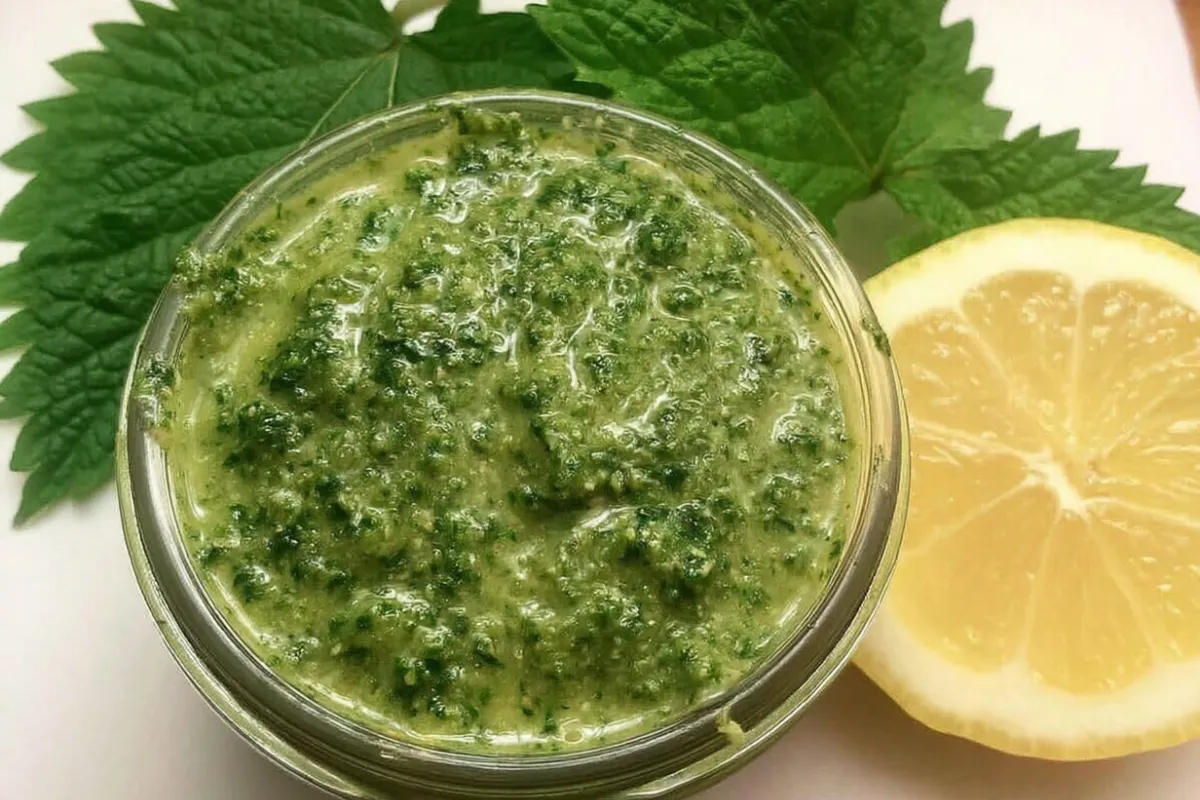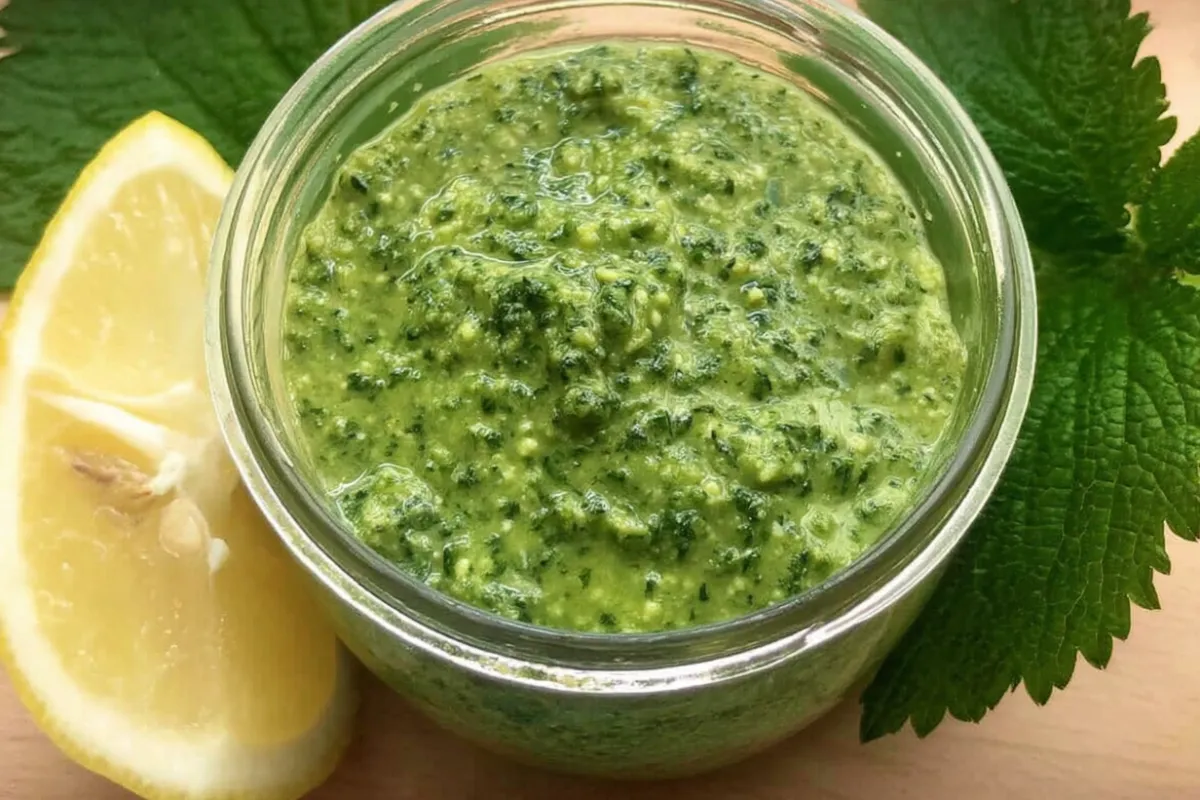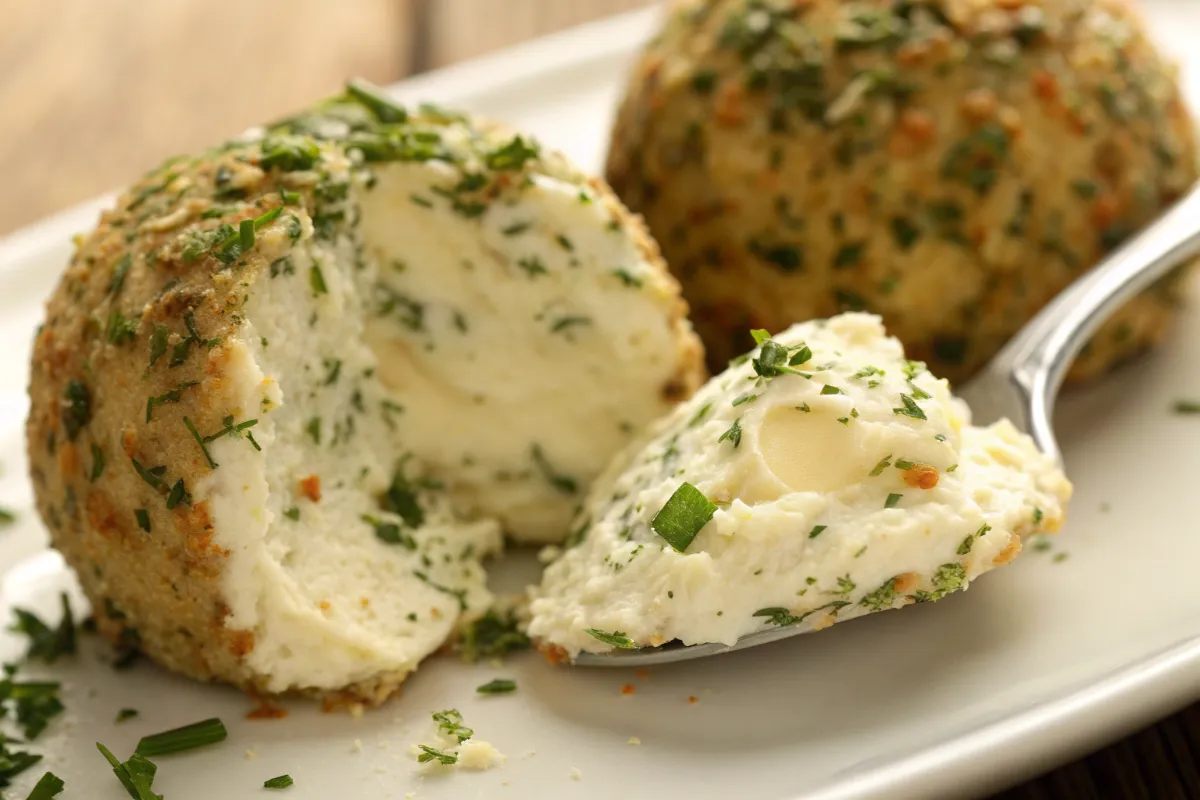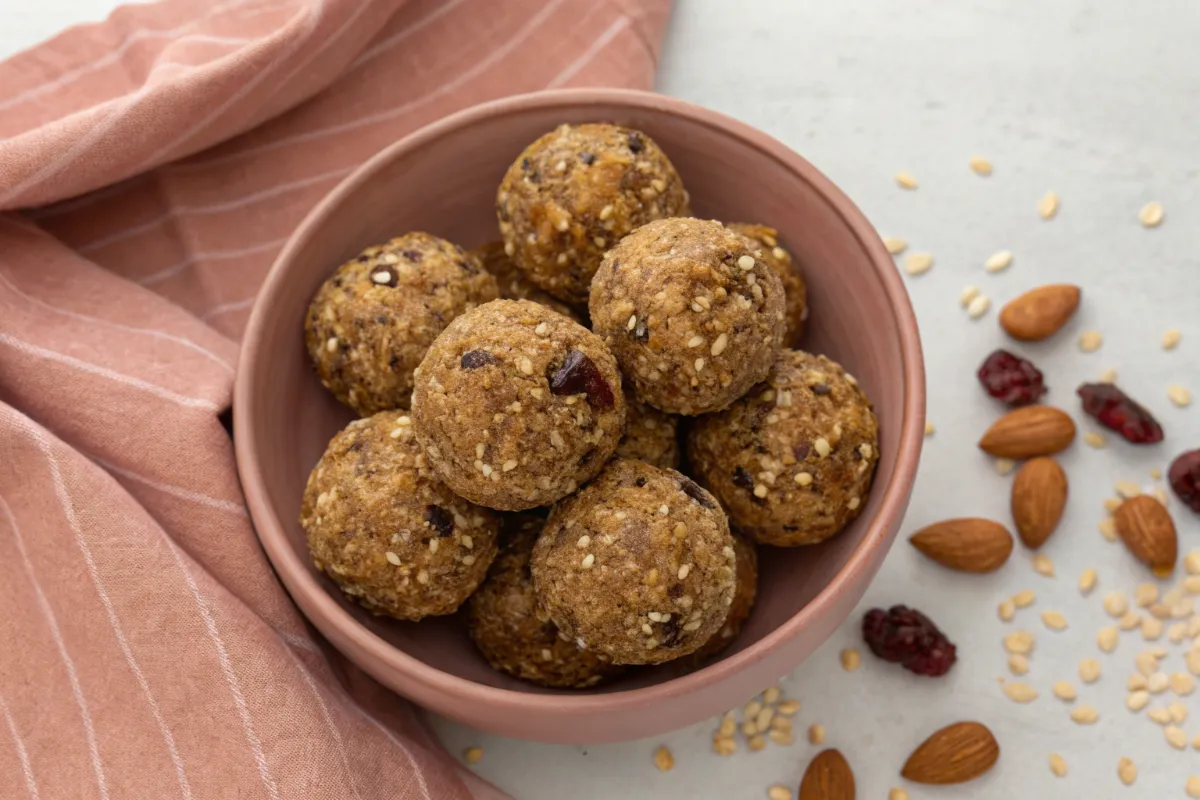Lemon balm pesto is one of those surprising, bright-green gems that feels like a little secret in the kitchen. I discovered it a few summers ago when my herb garden exploded with lemon balm, and I just couldn’t bear to see it go to waste. So I tossed it into the food processor with garlic, nuts, and olive oil, and the result was a revelation. The lemony, minty notes transformed the familiar pesto into something delightfully different.
This lemon balm pesto is the kind of recipe that fits perfectly into your weekly meal rotation, it’s fast, versatile, and full of bold, herbal flavor. Whether you’re spooning it over pasta, spreading it onto sandwiches, or using it as a marinade, it adds a vibrant, citrus-kissed punch that’s downright addictive.

Table of contents
Why the Recipe Deserves a Spot in Your Fridges
Lemon balm pesto stands out because it’s both familiar and refreshingly new. While traditional pesto usually relies on basil, lemon balm offers a citrusy, mint-forward alternative that plays beautifully with garlic, lemon zest, and good olive oil. The result is lighter and more floral than your standard version, perfect for spring and summer dishes.
What I really love is how forgiving and flexible this recipe is. Don’t have pine nuts? Swap in almonds, walnuts, or sunflower seeds. Want to make it vegan? Just skip the cheese or sub it with nutritional yeast. If you’re sensitive to garlic, roast it beforehand for a mellower flavor.
This recipe also gives you a delicious way to use lemon balm, which grows abundantly and is often overlooked in herb gardens. Beyond its unique flavor, lemon balm is known for its calming properties, making this pesto good for your taste buds and your mood. It’s also a great way to reduce food waste and get creative with lesser-used herbs.
Lemon balm pesto is endlessly versatile and ready in minutes, so it’s ideal for quick weeknight dinners, fancy picnic spreads, or tossing with roasted vegetables. It’s fresh, fragrant, and deserves more attention in modern kitchens.
Recipe Card
Little Secrets for the Best Lemon Balm Pesto Every Time
1. Use Fresh Lemon Balm Leaves Only:Lemon balm wilts quickly once picked, so try to use leaves that are freshly harvested. If buying it, look for bunches with firm, bright green leaves and a strong citrusy aroma.
2. Balance the Bitterness: Lemon balm has subtle bitter undertones, especially as it matures. To mellow this, combine it with a few spinach or parsley leaves. A squeeze of fresh lemon juice also enhances its natural zing and smooths out sharp edges.
3. Toast Your Nuts: Whatever nuts or seeds you use, pine nuts, almonds, or sunflower seeds—give them a quick toast in a dry pan. It brings out a deep, nutty flavor that plays beautifully against the brightness of the lemon balm.
4. Control the Texture: For a chunkier, rustic pesto, pulse your ingredients briefly and leave it slightly coarse. For a smoother finish, blend longer and add a bit more olive oil. Always taste as you go.
Tasty Twists
1. Vegan Lemon Balm Pesto
Want to skip the cheese but keep the flavor? Replace the Parmesan with nutritional yeast for that umami depth. Add a little extra salt and lemon juice to brighten things up. You won’t miss the dairy—promise.
2. Nut-Free Lemon Balm Pesto
For those with nut allergies, sunflower seeds or pumpkin seeds (pepitas) work beautifully. They’re mild in flavor but offer that same satisfying crunch and creamy body. Toast them lightly before blending to bring out their best.
3. Lemon Balm and Basil Fusion
Combine equal parts lemon balm and fresh basil for a pesto that sings with layered herbal flavor. The basil rounds out lemon balm’s citrusy sharpness and gives a nod to the traditional pesto taste we all know and love.
4. Lemon Balm and Avocado Pesto
Add half an avocado to the blender along with your lemon balm leaves. This results in a creamy, lush pesto perfect as a dip or spread. Use it within 24 hours to enjoy the bright green color at its best.
5. Spicy Lemon Balm Pesto
If you like a little heat, toss in a small chili pepper or a pinch of red pepper flakes. This turns the pesto into a lively condiment perfect for grilled vegetables or tacos.
Frequently Asked Questions
Lemon balm pesto tastes bright, citrusy, and herbaceous. It’s slightly tangy from the lemon zest and juice, earthy from the nuts, and balanced with the savory richness of cheese. It’s fresher and more floral than classic basil pesto.
If you don’t have lemon balm, you can try lemon basil, regular basil with extra lemon zest, or even parsley with a squeeze of lemon. But keep in mind—the unique citrus-mint aroma of lemon balm is hard to replicate exactly.
Use it just like basil pesto! Toss it with pasta, swirl into soups, spread on toast or sandwiches, spoon over grilled meat or fish, or mix into dressings. It’s a fantastic way to add instant flavor to simple dishes.
Your New Favorite Herb Sauce
This pesto isn’t just a seasonal experiment, it’s a bright, zesty, and incredibly versatile recipe that’s bound to become a staple in your kitchen. Whether you’re looking to add a burst of citrusy freshness to your pasta, spice up your summer picnics with an herbaceous dip, or simply explore what to do with that growing patch of lemon balm, this pesto hits the spot every time.
What I truly love about this pesto is how approachable it is. You don’t need fancy equipment or a gourmet pantry. With just a handful of ingredients and 10 minutes, you can whip up a sauce that elevates any dish from ordinary to unforgettable. Plus, the fact that it stores well and freezes beautifully means you can enjoy this summery flavor all year long.
So, if you’re growing lemon balm and wondering how to use it beyond tea, this lemon balm pesto is your answer. I hope this recipe brings as much joy and inspiration to your kitchen as it has to mine.
If you loved this one, check out my refreshing lemon balm tea for weight loss or this Lemon Balm Syrup Recipe to enjoy even more ways to use this delightful herb.











Leave a Reply